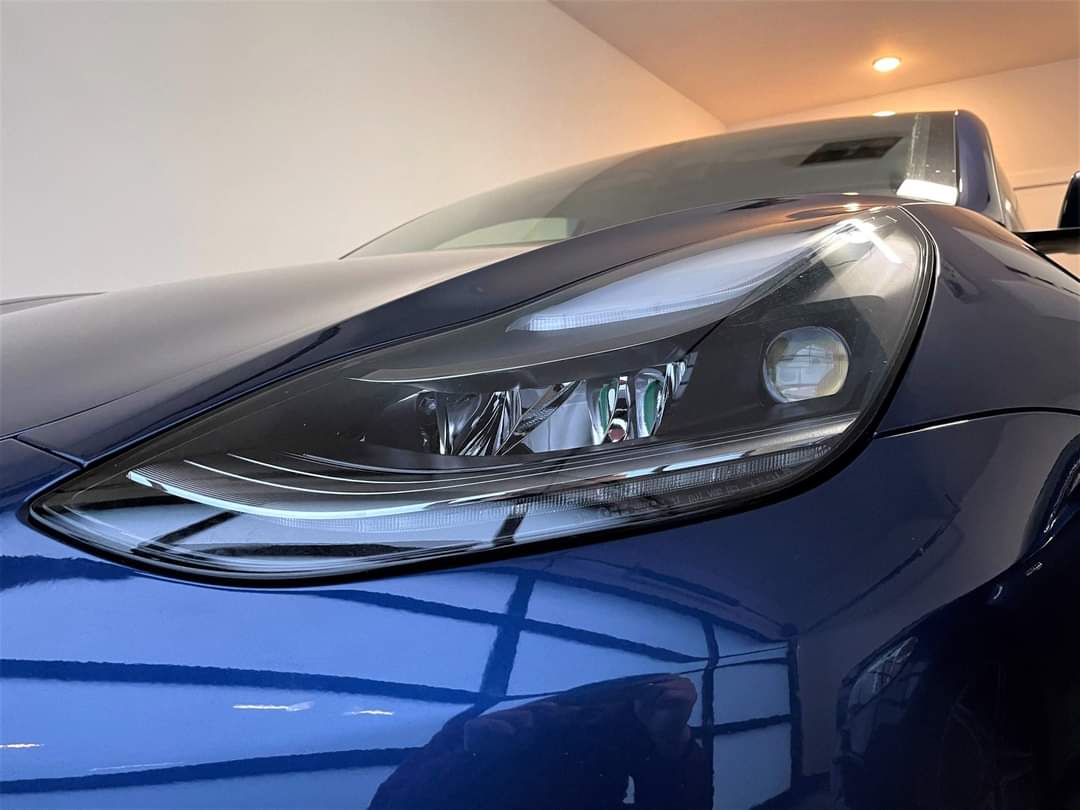- 🌟 Tesla’s adaptive headlights, already available in Europe, are soon coming to the U.S., according to a company executive.
- 🔍 The headlights enhance safety by reducing glare and increasing visibility, keeping high beams on longer while dimming specific pixels.
- 🚗 This technology supports Full Self-Driving capabilities by improving visibility during nighttime driving.
- 🌍 The feature has already been deployed in other regions, emphasizing its importance and readiness for the U.S. market.
- ⚙️ These advancements are part of Tesla’s broader innovation efforts, showcasing their continuous push in automotive technology.
In the continually evolving world of automotive technology, Tesla often stands at the forefront of innovation. One of its latest revolutionary technologies, adaptive headlights, is set to make its debut in the U.S. market. Let’s delve into the importance of this advancement, how it enhances vehicle safety, and its potential impact on Tesla’s Full Self-Driving (FSD) capabilities.
What Are Adaptive Headlights?
Adaptive headlights are a cutting-edge technology designed to enhance nighttime driving. Unlike traditional headlights, they can adjust the brightness of individual pixels, reducing glare for oncoming traffic while maintaining optimal visibility for the driver. This technology aims to keep high beams on longer while ensuring the safety of other road users.
The Journey to the U.S. Market
- European Origins: Tesla first introduced adaptive headlights with the “Highland” Model 3 in Europe. The positive reception in these markets has paved the way for its upcoming release in the United States.
- U.S. Release Confirmation: A Tesla executive recently confirmed the feature’s impending release in America, sparking widespread anticipation among fans and tech enthusiasts alike.
Enhancing Safety and Driving Experience
- Reducing Glare: By selectively dimming specific headlight pixels, Tesla’s adaptive headlights significantly reduce the risk of blinding other drivers and cyclists on the road.
- Improved Visibility: With adaptive headlights, drivers can enjoy extended high-beam usage, providing better visibility in low-light conditions and enhancing overall road safety.
- Supporting Full Self-Driving Capabilities: The improved lighting and visibility ensure that Tesla’s Full Self-Driving suite can perform better, particularly during nighttime conditions. Effective illumination is crucial for the vision-based systems that power Tesla’s autonomous driving technology.
Why This Innovation Matters
Tesla’s continuous innovations reflect not only an enhancement in driving safety but also point toward the brand’s long-term vision for autonomous vehicles. Adaptive headlights are not just about illuminating the road; they represent a step towards reducing the limitations that come with night driving, ultimately contributing to the broader development of autonomous driving technologies.
Looking Ahead: Tesla’s Automotive Innovations
- Existing Deployments: Adaptive headlights have been utilized in other regions prior to their U.S. launch, aligning with Tesla’s strategy to rigorously test technologies in diverse markets before a wide release.
- Future Prospects: As Tesla continues to refine and enhance its technologies, aspects such as adaptive headlights are expected to integrate further with their vehicles’ systems, providing a seamless and safer driving experience.
Conclusion
Tesla’s adaptive headlights highlight the company’s commitment to innovation and road safety. As this feature reaches the U.S., consumers and industry observers alike will be keen to see its impact on driving experiences and automobile standards. Looking forward, Tesla’s advancements promise to keep pushing the boundaries of what’s possible in the auto industry, one pixel at a time.





